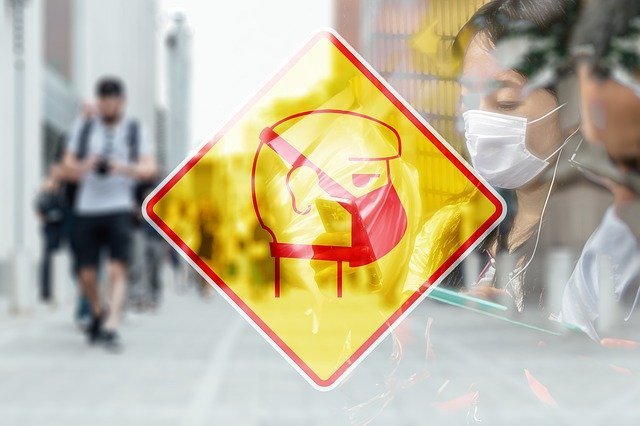
In a new study, researchers found a new drug target in a newly mapped protein of SARS-CoV-2, the virus that causes the coronavirus disease first discovered in 2019 (known as COVID-19).
The findings suggest drugs that had previously been in development to treat the earlier SARS outbreak could now be developed as effective drugs against COVID-19.
The research was conducted by a team including the University of Chicago and elsewhere.
The protein Nsp15 from the new coronavirus is 89% identical to the protein from the 2010 outbreak of SARS.
Studies published in 2010 on the SARS virus showed that inhibition of Nsp15 can slow viral replication. This suggests drugs designed to target Nsp15 could be developed as effective drugs against COVID-19.
The team says the newly mapped protein, called Nsp15, is conserved among coronaviruses and is essential in their lifecycle and virulence.
Initially, Nsp15 was thought to directly participate in viral replication, but more recently, it was proposed to help the virus replicate possibly by interfering with the host’s immune response.
Mapping a 3-D protein structure of the virus allows scientists to figure out how to interfere in the pathogen’s replication in human cells.
The team examined the structure of the SARS CoV-2 virus to understand how to stop it from replicating.
The rapid upsurge and proliferation of the 2019 coronavirus raised questions about how this virus could become so much more transmissible as compared to the SARS and MERS coronaviruses.
Over the past two months, the COVID-19 pathogen has infected more than 80,000 people and caused at least 2,700 deaths.
Although currently mainly concentrated in China, the virus is spreading worldwide. Millions of people are being quarantined, and the epidemic has impacted the world economy.
There is no existing drug for the disease, but various treatment options, for example, medicines effective in other viral ailments, are being attempted.
The team will map the structure of some of the 28 proteins in the virus in order to see where drugs can throw a chemical monkey wrench into its machinery.
The structure of Nsp15 will be released to the scientific community on March 4 on the RSCB Protein Data Bank.
The leader of the study is the University of Chicago Prof. Andrzej Joachimiak, director of the Structural Biology Center.
Copyright © 2020 Knowridge Science Report. All rights reserved.



